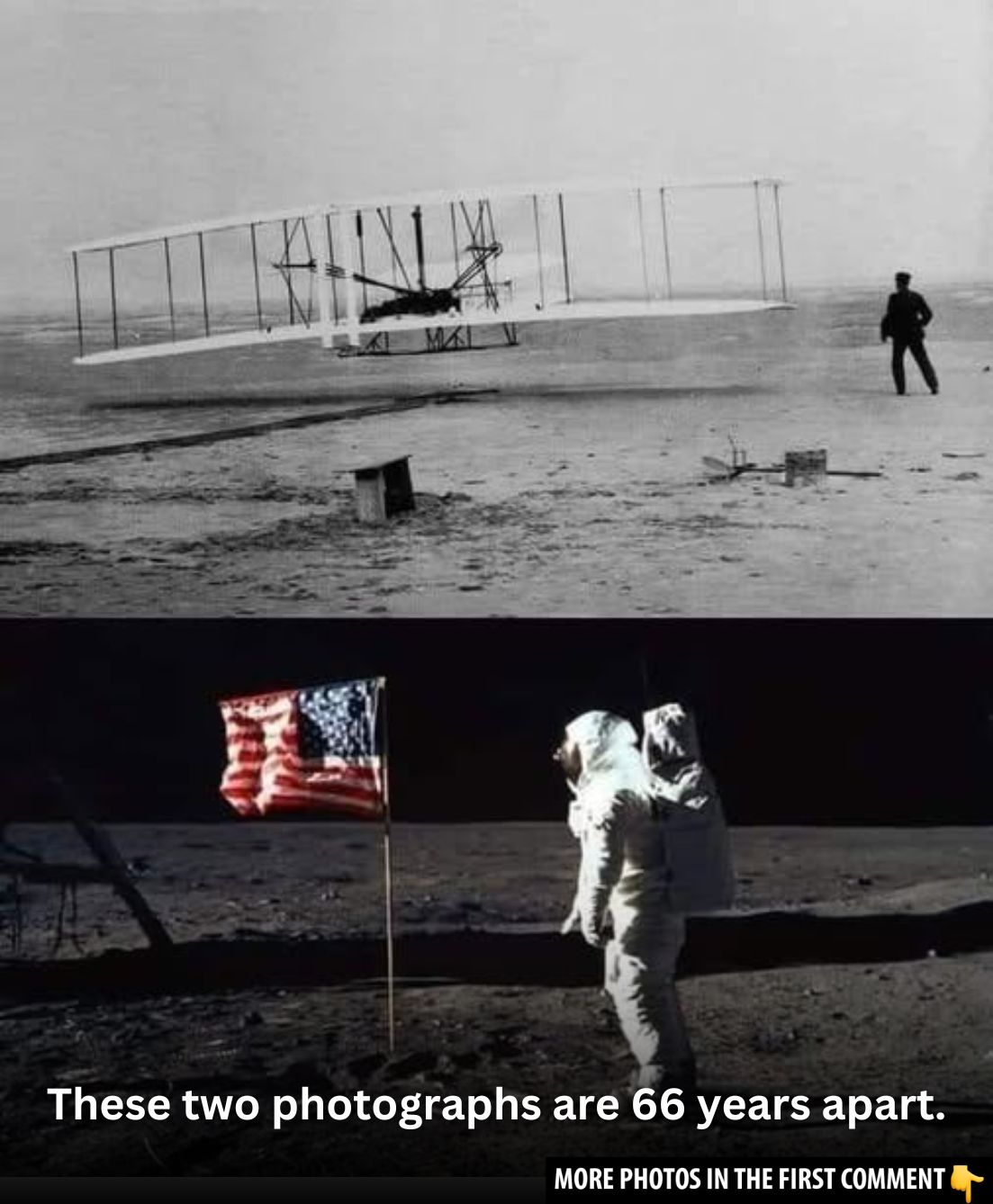In the early days of space exploration, the world was immersed in the Cold War, a period marked by intense political rivalry and technological competition. When the Soviet Union launched Sputnik in 1957, it not only sparked a race for supremacy in space but also underscored the necessity for the United States to establish a dedicated space agency. Thus, NASA was born in 1958 under President Dwight D. Eisenhower’s leadership. NASA’s mission was clear: catch up with, and eventually surpass, the Soviet Union’s space endeavors. Little did the world know that this newly formed agency would go on to achieve some of the most incredible feats in the history of humankind, particularly through its Apollo missions, which would change the course of space exploration forever.
Mercury and Gemini: Building the Foundation for Lunar Exploration
NASA’s first steps into human spaceflight came with the Mercury program. The goal was simple: put a man into space and bring him back safely. In 1962, John Glenn became the first American to orbit Earth, marking a monumental achievement in space exploration.
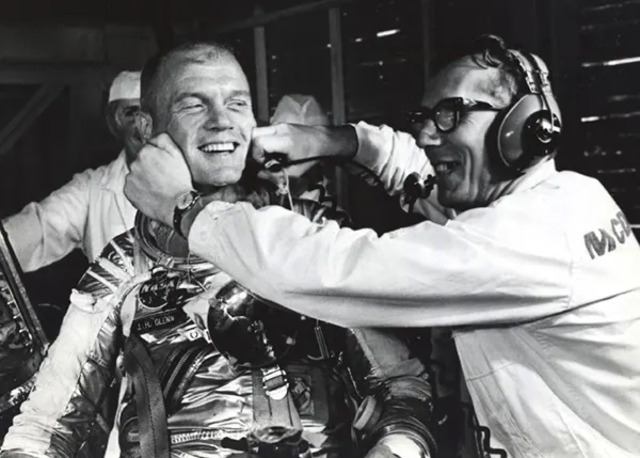
But it wasn’t just about reaching space; it was about building the infrastructure for more complex missions. That’s where the Gemini program came in. Gemini missions introduced two-person crews, allowing NASA to master critical skills like spacewalks and rendezvous maneuvers—essential elements for the upcoming lunar missions. These two programs laid the foundation for the bold Apollo missions that would follow.
Video
Watch the video “40 Years Ago, NASA Sent A Message To Aliens — Here’s What It Says | Business Insider” to learn about this historic message.
The Apollo Program: Conquering the Moon
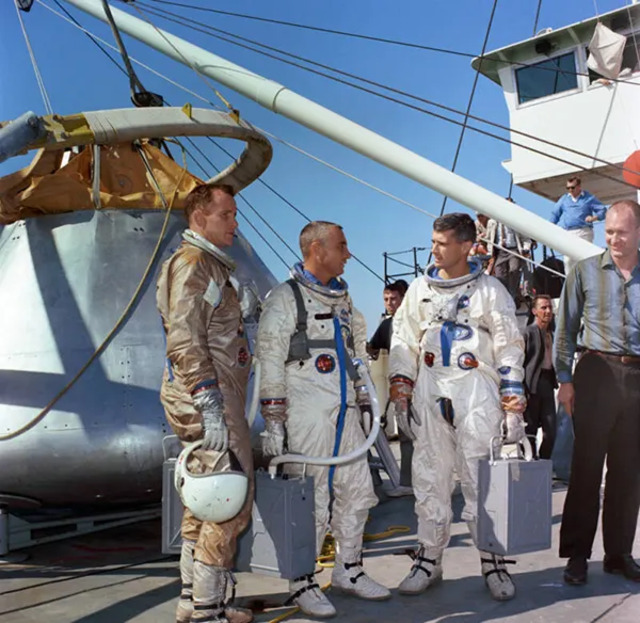
By 1969, NASA’s ambition culminated in the Apollo program, which sought to send astronauts to the Moon and bring them back safely. Apollo 11, the mission that captured the world’s attention, achieved that dream on July 20, 1969, when Neil Armstrong and Buzz Aldrin became the first humans to walk on the lunar surface.
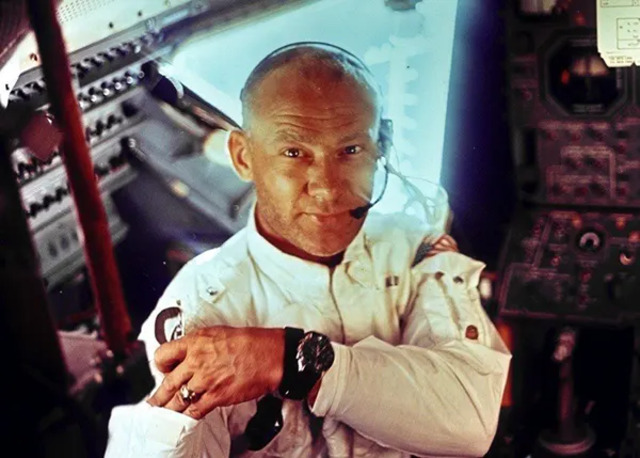

Armstrong’s famous words, “That’s one small step for man, one giant leap for mankind,” echoed across the globe. It was a triumph not just for America, but for all of humanity. The Apollo missions also yielded some of the most iconic photos in space history, such as Buzz Aldrin’s “bootprint” on the Moon and Bill Anders’ Earthrise photograph, which became symbols of human achievement and our connection to the cosmos.
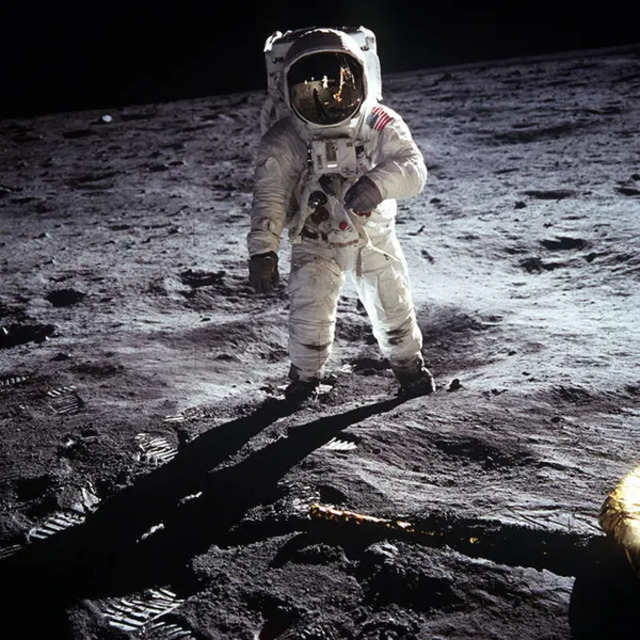
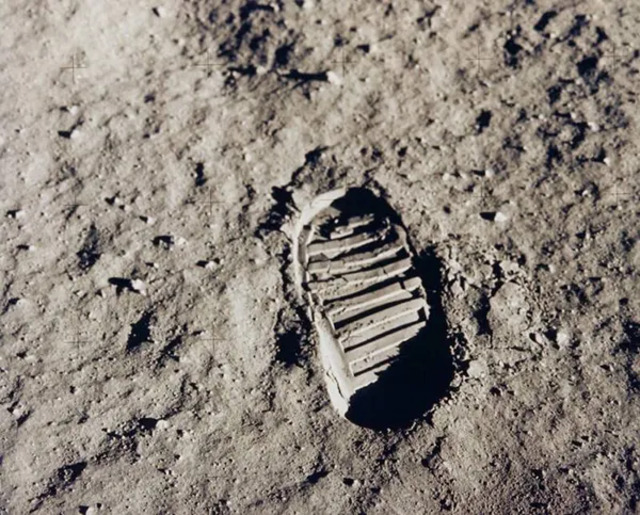
Iconic Moments: Photographs That Defined an Era
One of the most enduring images of space exploration came unexpectedly during Apollo 8. As the spacecraft entered lunar orbit on December 24, 1968, astronaut Bill Anders happened to glance out his window and saw the Earth rising over the Moon’s surface. This moment, captured in a photo that was not planned, became one of the most famous images in history—Earthrise.

The photograph poignantly showcased our fragile planet against the barren lunar landscape, reminding humanity of its smallness and interconnectedness in the vast universe. This, along with other photographs from the Apollo missions, helped inspire generations of people to pursue science, technology, and exploration.
The Apollo Missions: More Than Just a Moon Landing
The Apollo program wasn’t just about reaching the Moon. It was about ensuring the success of the mission through careful planning, technological innovation, and the bravery of the astronauts. Apollo 13, for instance, is remembered as one of NASA’s greatest “successful failures.”
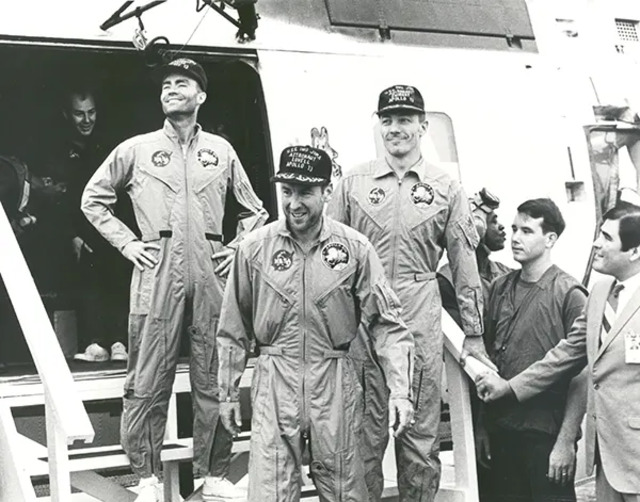
A mission intended to land on the Moon, it was instead marred by a catastrophic oxygen tank explosion. Yet, despite the danger, the crew survived, and the mission ultimately proved the resilience and ingenuity of NASA’s mission control teams and the astronauts themselves. This event demonstrated the triumph of human perseverance, even in the face of adversity, and reaffirmed the capabilities of NASA and its people.
Lunar Landings and Their Lasting Impact
The Apollo program went on to achieve more lunar landings after Apollo 11, with Apollo 14 and Apollo 17 marking further milestones in lunar exploration. Apollo 17, the last of the Apollo missions in December 1972, remains the most recent time humans set foot on the Moon.
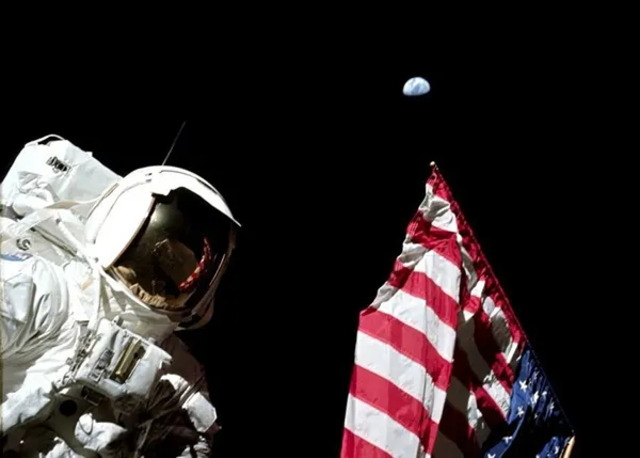
These missions provided valuable scientific data and expanded our understanding of the Moon and the solar system. But the legacy of these missions extends far beyond the technical achievements. They demonstrated the potential of what human exploration could achieve and inspired countless individuals to think big, whether in space or in their own lives.
From Lunar Landings to Beyond: NASA’s Ongoing Legacy

While the Apollo program marked the end of the Moon missions, it also paved the way for new frontiers in space exploration. The Space Shuttle program, which began in the 1980s, allowed for reusable spacecraft and paved the way for the construction of the International Space Station.
With NASA’s Artemis program aiming to return humans to the Moon, the spirit of Apollo is very much alive. The agency continues to push boundaries, planning to send astronauts to Mars and beyond, while also collaborating with private companies to enable a new era of space travel and exploration.
Explore more photos from the Glory Days of Space Exploration
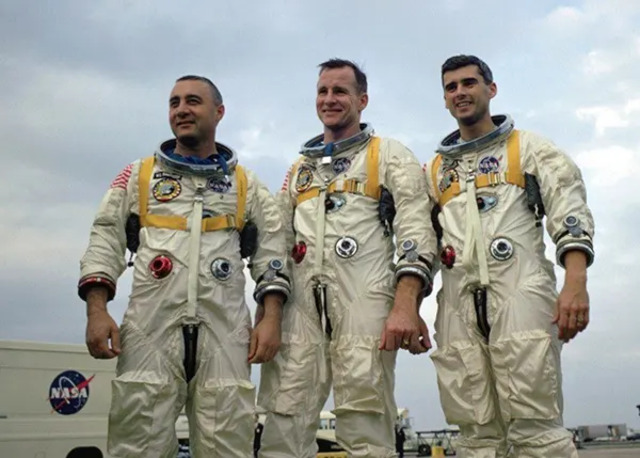
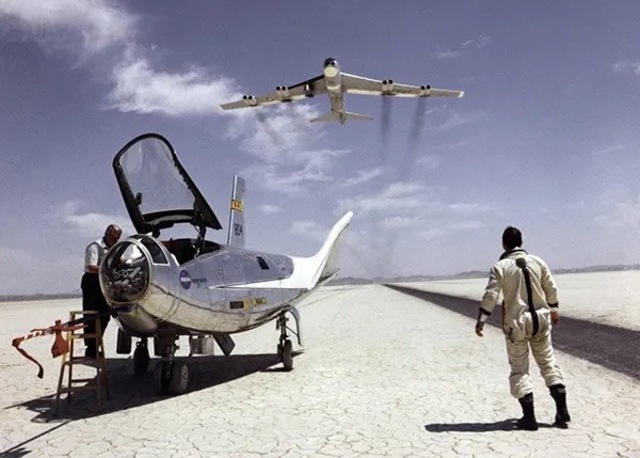
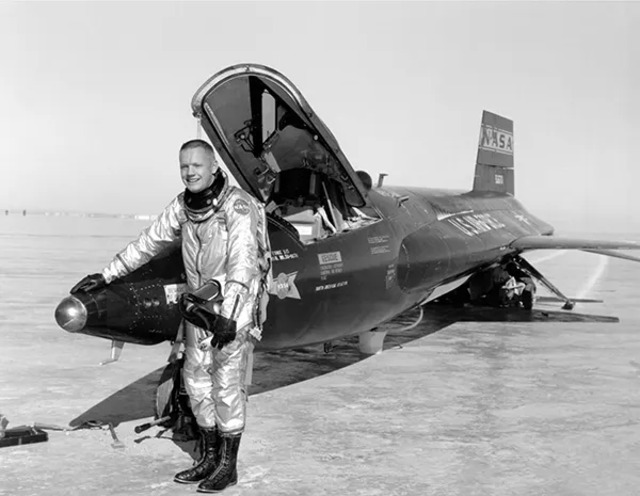
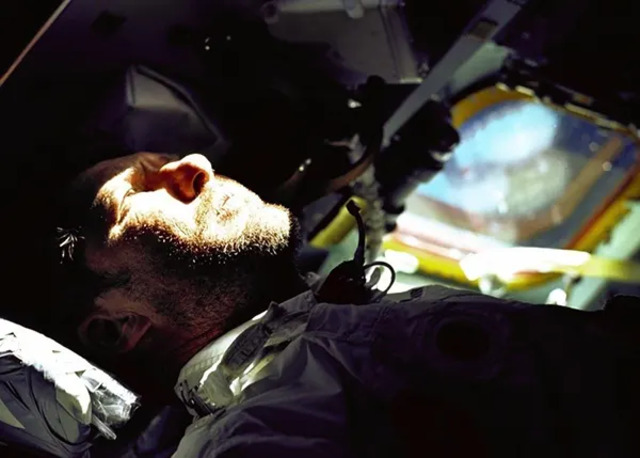
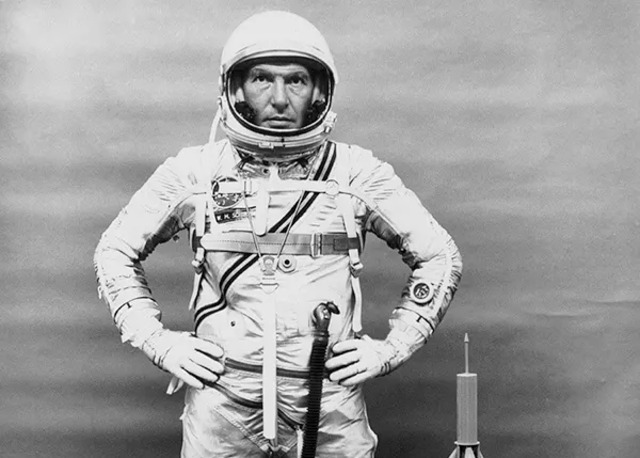
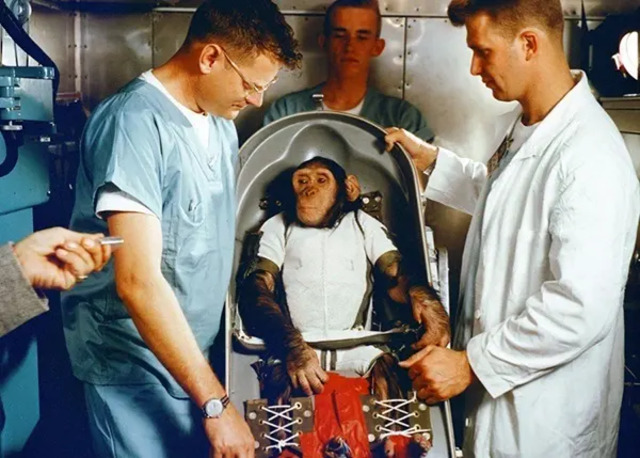
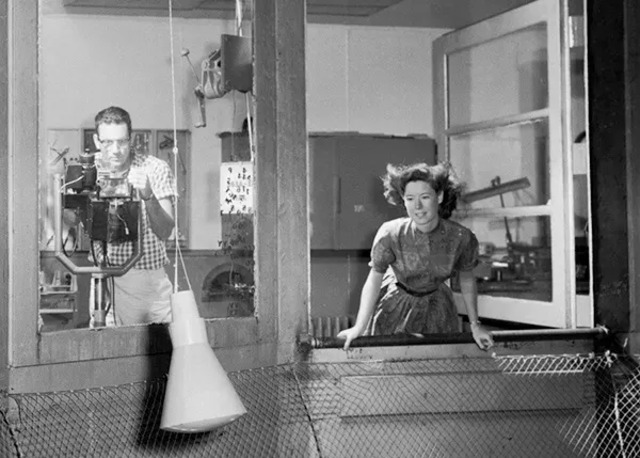
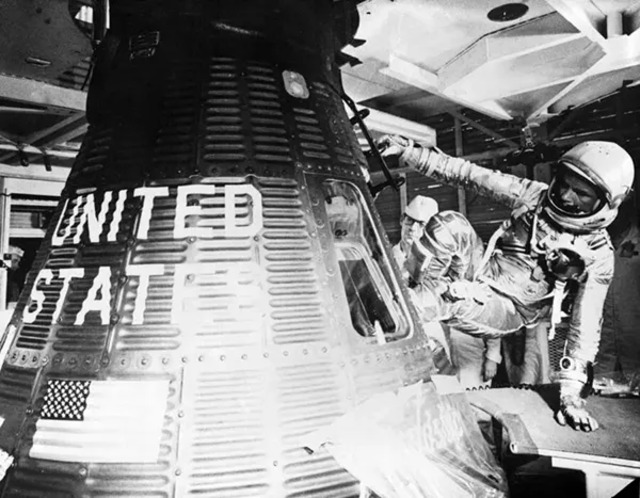
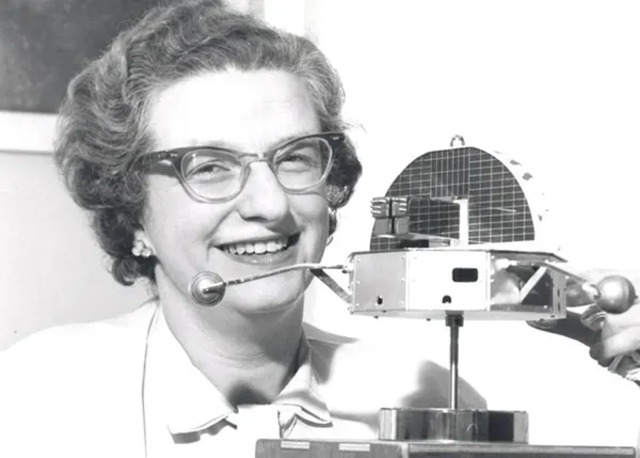
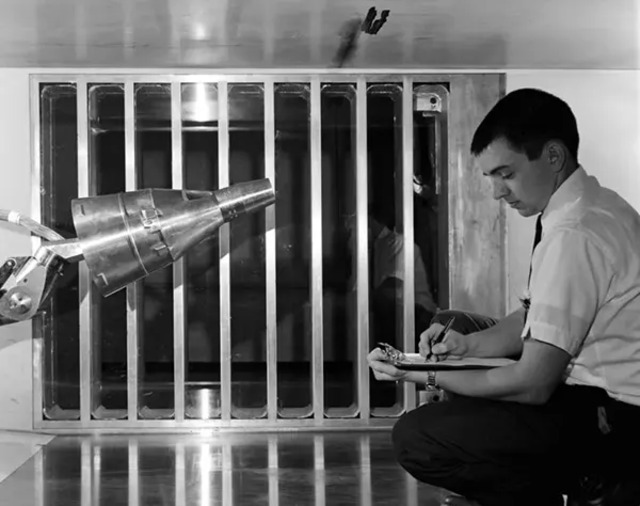
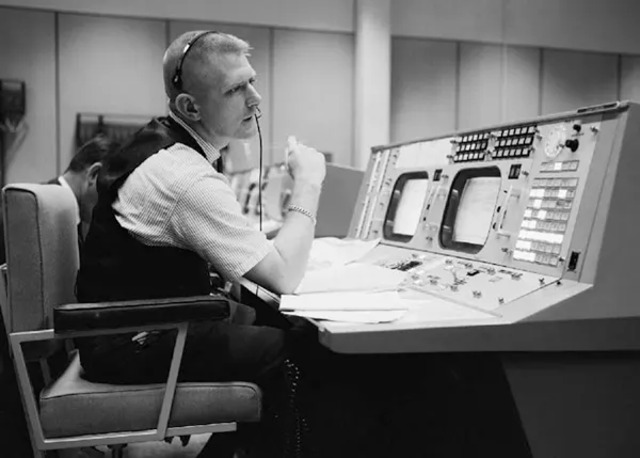
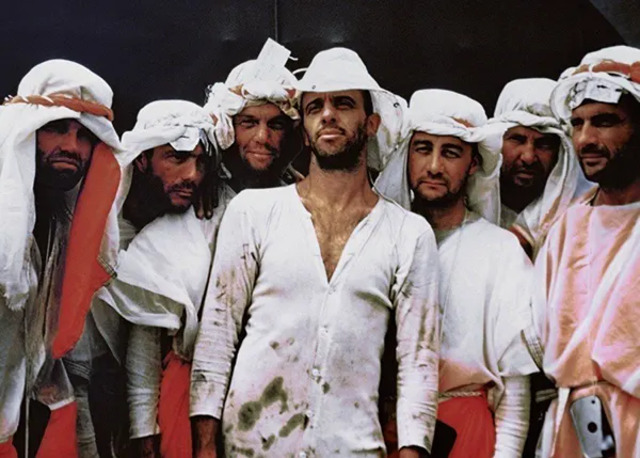

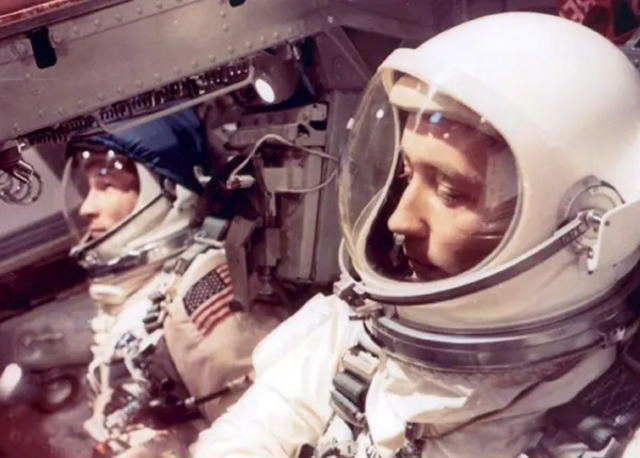

against potential “lunar contagion.”
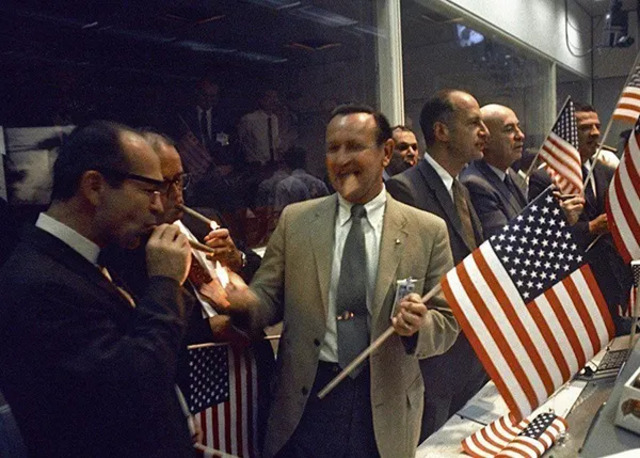
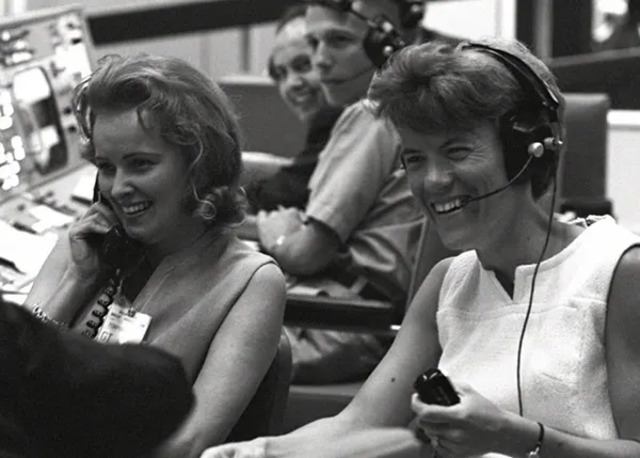
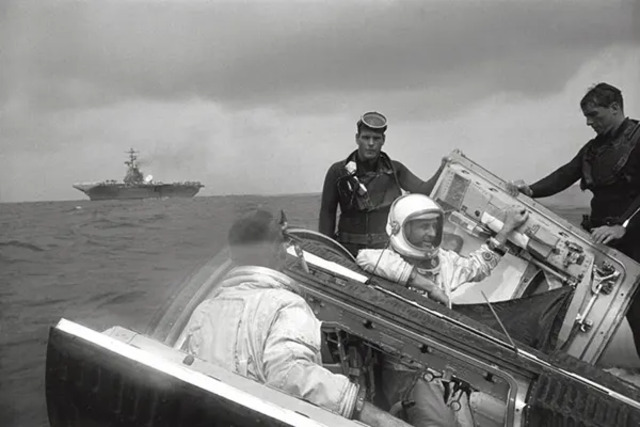
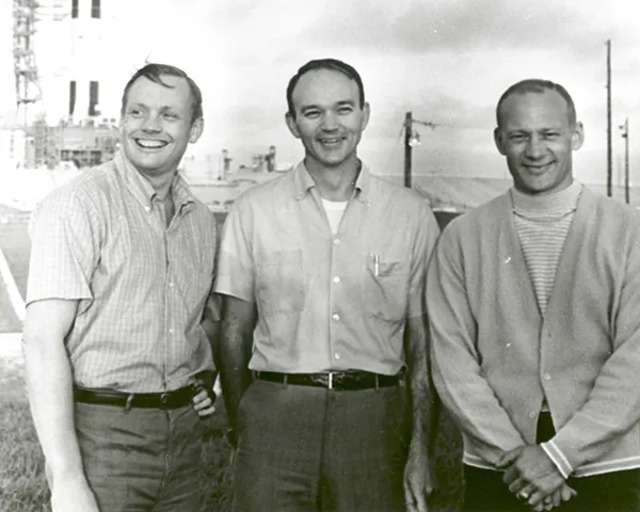
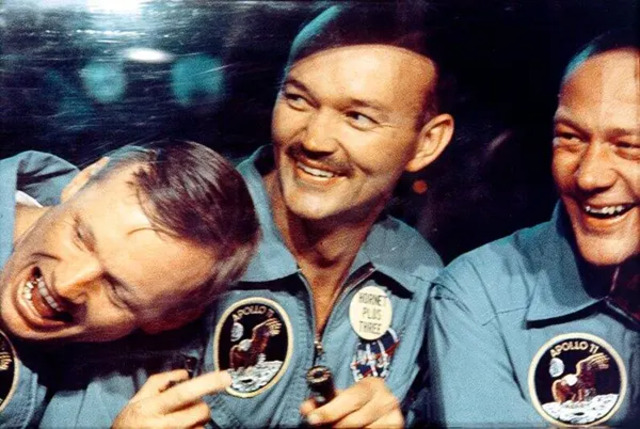
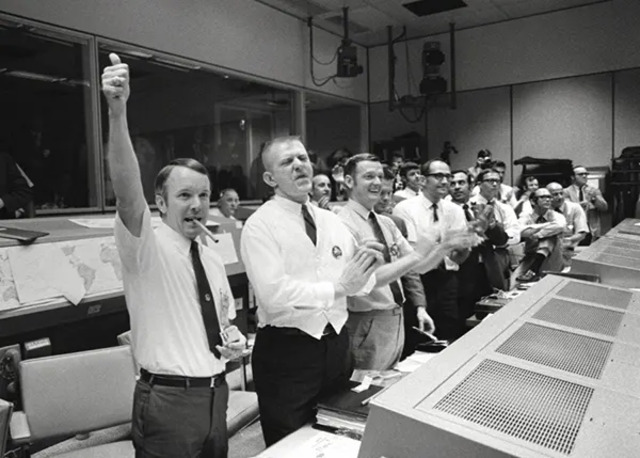
Video
Watch the video “Mars: What Happened to the Spirit Rover?” to learn about the fate of this iconic rover.
Conclusion: The Enduring Legacy of NASA’s Golden Era
NASA’s golden era was a time of extraordinary achievement. The Mercury, Gemini, and Apollo programs not only advanced our understanding of space but also showcased the incredible capability of human determination, teamwork, and ingenuity. The stunning photographs captured during these missions, from Earthrise to the Moonwalks, continue to inspire generations and remind us of humanity’s potential to achieve the impossible. As we look toward the future, the legacy of NASA’s golden era serves as a testament to what can be achieved when we dare to dream and aim for the stars. The past achievements of NASA are not just milestones in history but stepping stones toward the future of space exploration—one that continues to unfold before our eyes.
